7 Minutes
BMW pulls the plug on the Z4 — the final chapter
BMW has confirmed the end of the Z4’s production run after 23 years, sending its two-seat roadster into the automotive history books with a celebratory Final Edition. For driving enthusiasts who grew up with open-top thrills and punchy inline engines, the Z4 was more than a niche model — it was a compact sports car that kept the wind-in-your-hair spirit alive as crossovers and SUVs came to dominate showrooms.
How it all began: the first-generation Z4 (E85/E86)
Launched in 2002 as the spiritual successor to the Z3, the first-generation Z4 re-established BMW’s small roadster credentials. Compact, light and focused, the E85/E86 emphasized handling and driver engagement: a low seating position, muscular fenders, short overhangs and a curvaceous silhouette signalled pure sports-car DNA.
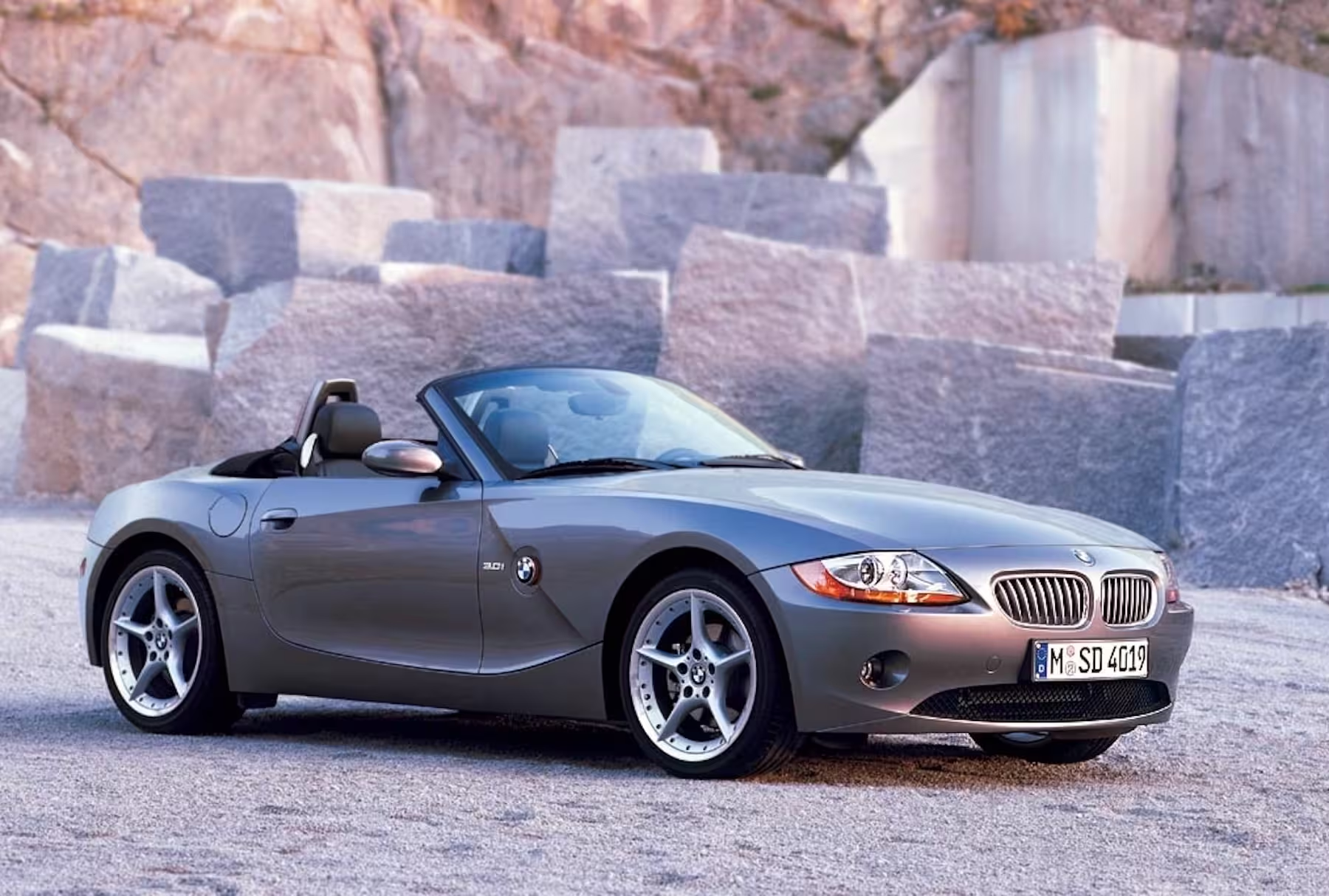
Dimensions were modest — roughly 4,090 mm (161.0 in) long, 1,780 mm (70.1 in) wide and 1,300 mm (51.2 in) tall — about the size of a typical hatchback but with far more sporting intent. Interiors followed BMW’s familiar driver-centric layout; even base cars came with leather sports steering wheels and bolstered seats. Tech was simple and purposeful — the cassette era had ended in favor of CD players and fewer, more intuitive controls.
Powertrains ranged from a 2.0-liter four-cylinder up to inline-sixes in sportier trims, with gearbox options that included five- and six-speed manuals, traditional automatics and BMW’s early SMG automated manual. Early sales vindicated BMW’s gamble: nearly 23,000 Z4s sold across Europe in the first year, and the Spartanburg-built U.S. allocation moved more than 20,000 units in its first full year — impressive for a specialist roadster.
The coupe arrives and the end of the first chapter
By the mid-2000s BMW added a coupe variant — a decision driven by demand for a more all-weather, refined alternative. The first-generation run ended in August 2008, with close to 198,000 Z4s sold worldwide (about 181,000 roadsters and 17,000 coupes). The model’s styling evolved under several notable designers, and although opinions varied, the Z4 always retained its sporting character.
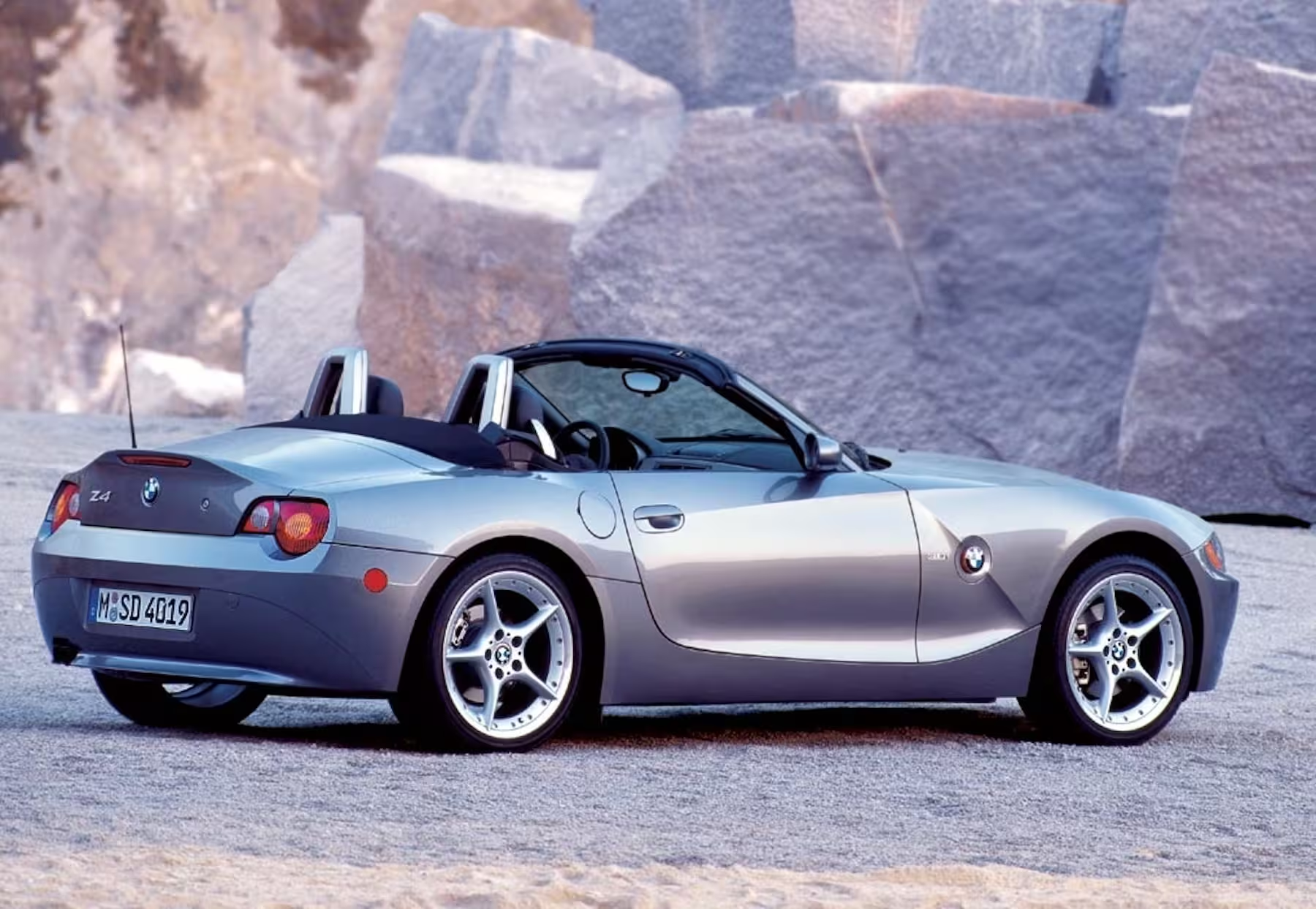
Two-in-one: second generation (E89) and the retractable hardtop
The 2009 E89 marked a new direction: one body, two moods. BMW ditched the separate coupe/roadster approach and introduced a retractable hardtop with a lightweight two-piece aluminum structure that folded in about 20 seconds. The E89 grew slightly in length and width, improving cabin space and refinement while keeping rear-wheel drive dynamics at its core.
Engine options included turbocharged and naturally aspirated six-cylinder units producing up to around 306 hp in higher-spec sDrive models. Transmissions expanded to include a seven-speed automatic, and later an eight-speed ZF automatic and a dual-clutch Getrag gearbox, offering a broader mix for performance and comfort. Production shifted back to Regensburg, Germany for this generation.
G29: modern revival with a soft-top and shared DNA
Unveiled at Pebble Beach in 2018, the current third-generation G29 brought a fresh interpretation: lighter construction, 50:50 weight distribution and a return to a fabric soft-top — quicker and lighter than a folding hardtop, folding in just ten seconds. Designed by Calvin Luk, the G29 deliberately emphasized agility and simplicity.
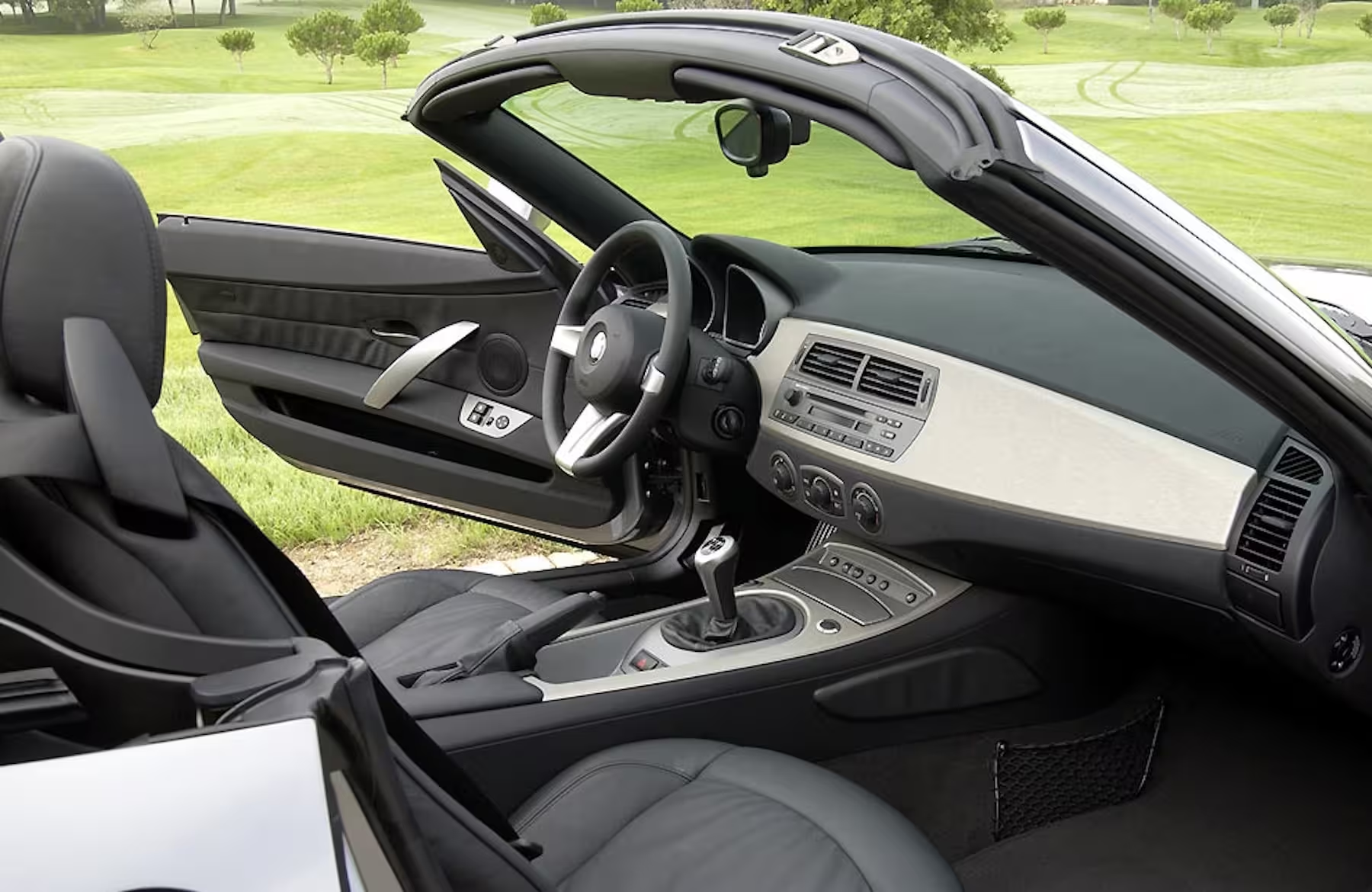
Under the bonnet, buyers could choose a punchy 2.0-liter turbo four or a 3.0-liter turbo six; transmission options included a six-speed manual for purists and an eight-speed automatic. The G29 shares its platform and engines with the Toyota GR Supra (J29), a result of BMW and Toyota’s collaborative engineering. Production moved to Austria’s Magna Steyr plant, where both the Z4 and Supra have been assembled.
Sales, production and legacy highlights
- First-year European sales (early 2000s): ~22,973 units.
- U.S. first full-year take-up from Spartanburg: ~20,169 units.
- Total first-generation Z4s produced: ~197,950 units.
- Production locations over time: Spartanburg (USA) → Regensburg (Germany) → Magna Steyr (Austria).
The Final Edition: a fitting farewell
To close out the Z4 story, BMW has introduced a Final Edition — a limited-spec package that dresses the roadster in exclusive touches. The Final Edition features a Frozen Matte Black paint option, an M high-gloss Shadowline package, M Sport brake calipers and staggered M wheels (19- or 20-inch). Mechanically it’s offered in the M40i form, available with either the eight-speed automatic or the enthusiast-loved six-speed manual. Pricing starts at around $77,500.
"The Z4 always stood for compact, driver-focused thrills — a reminder that not every BMW needs to be an SUV."
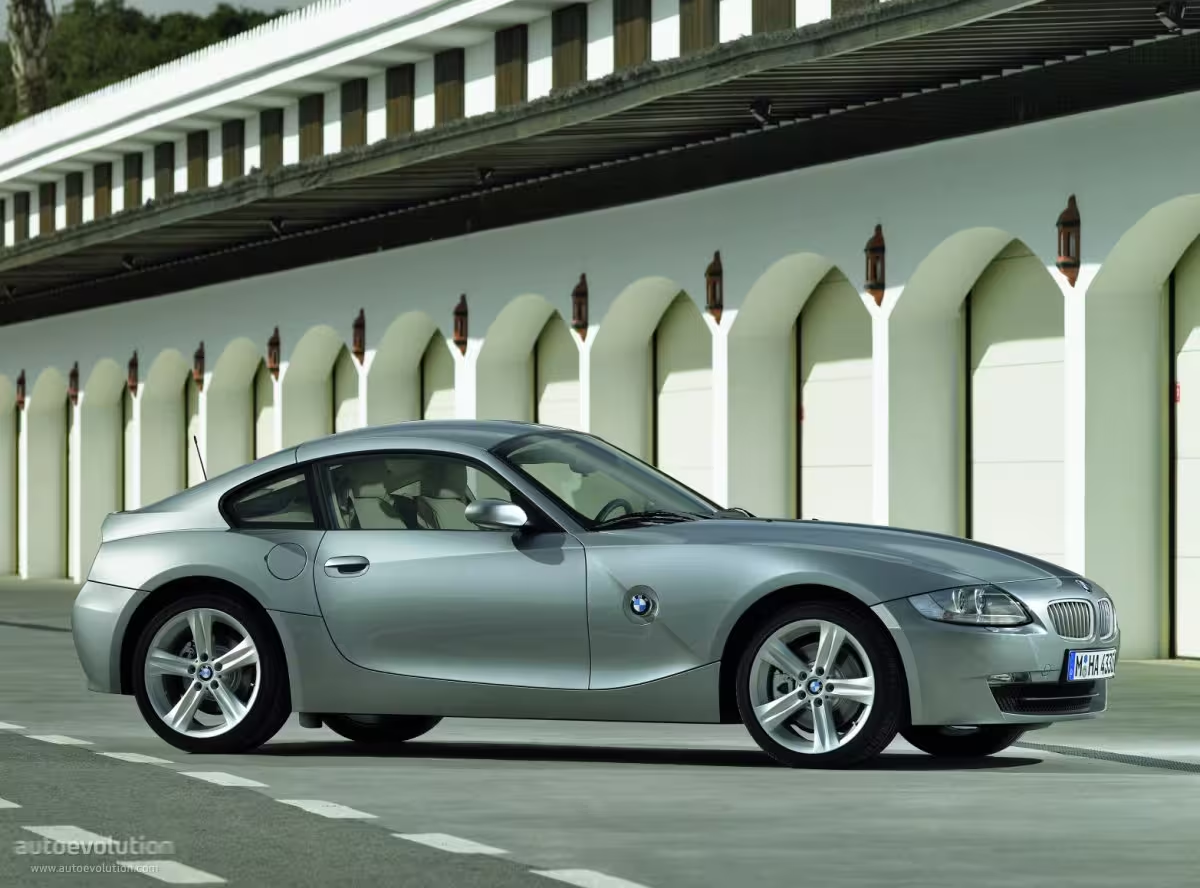
Why BMW is retiring the Z4
The decision to end a model with a passionate following reflects broader market shifts. Convertibles and two-seaters occupy a shrinking slice of total sales, while electrification and large-volume models (crossovers, SUVs) capture manufacturer investment. Low-volume specialty cars are expensive to develop to modern safety, emissions and electrification standards, so brands often rationalize lineups.
Despite that, the Z4’s enduring appeal — lightweight design, rear-wheel-drive dynamics and the availability of a manual gearbox — ensures it will be remembered fondly by driving purists and collectors alike.
Final thoughts: the Z4’s place in BMW history
From the E85’s fresh take on the roadster formula to the E89’s clever retractable hardtop and the G29’s modern, lightweight revival, the Z4 adapted across eras while staying true to a core promise: engaging, compact sports-car driving. The Final Edition is both a celebration and a proper goodbye — a last chance for buyers to own a modern, manual-capable BMW roadster.
For enthusiasts, the Z4’s legacy will live on in spirited weekend drives, collectible final-edition models, and the shared DNA with performance partners like Toyota’s Supra. Even as market forces push automakers toward electrification and larger vehicles, the memory of the Z4’s open-top purity will remain a benchmark of BMW’s small sports-car craft.

Quick highlights
- Generations: E85/E86 (2002), E89 (2009), G29 (2018).
- Key traits: rear-wheel drive, available manual gearboxes, soft-top on G29, M40i performance option.
- Final Edition: Frozen Matte Black, M Shadowline, M Sport brakes, 19/20-inch staggered wheels, starts at $77,500.
Whether you appreciated the Z4 for its style, its soundtrack or its sharp chassis, BMW’s two-seater leaves behind a clear legacy: there will always be a place in car culture for small, driver-focused convertibles — even if their production runs eventually come to an end.
Source: autoevolution

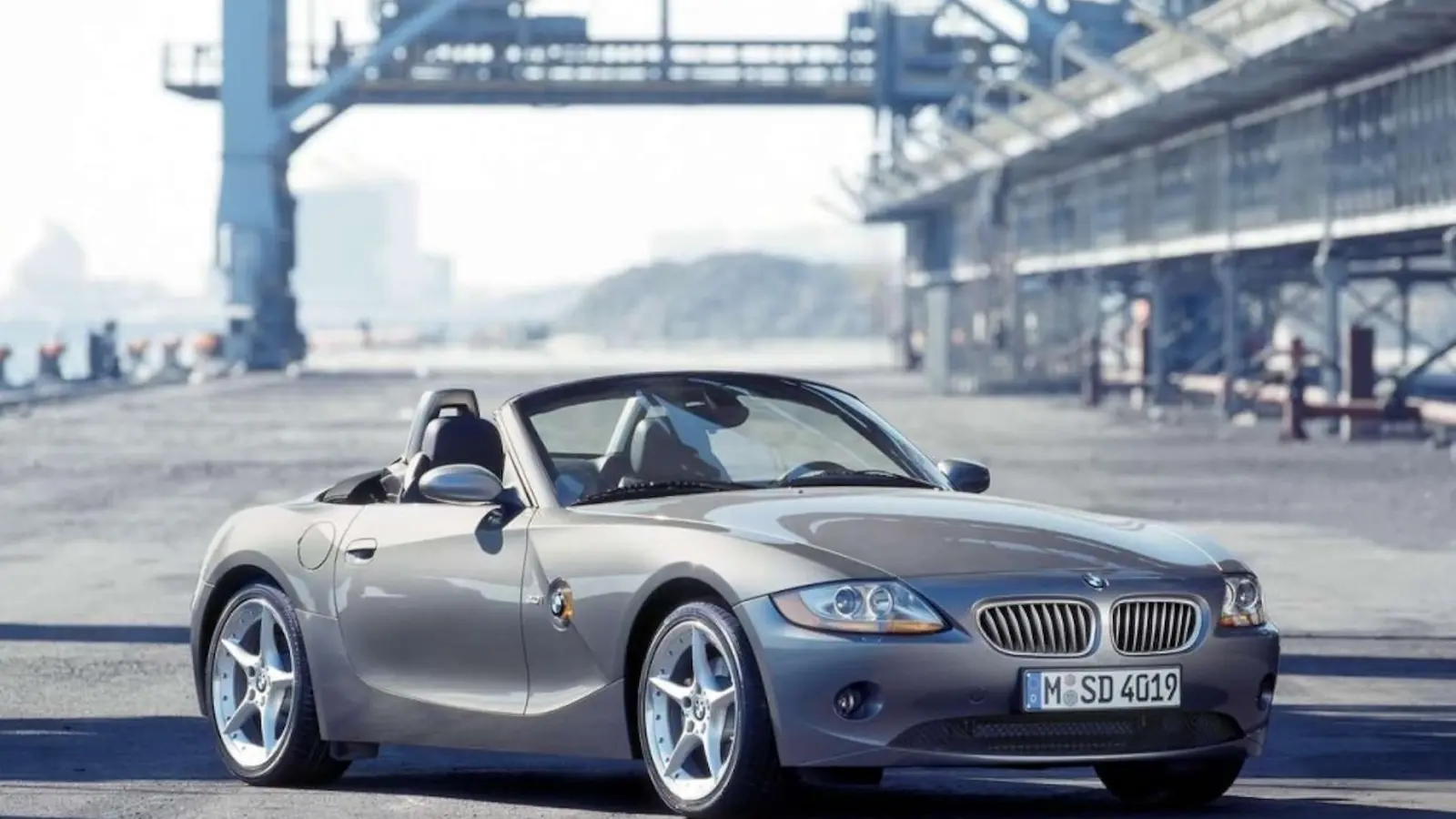
Leave a Comment